Biodiversity plays an important role in the socio-economic development of each country, locality and people's lives. In recent years, Lao Cai has implemented many solutions to conserve and effectively use biodiversity, focusing on communication and raising awareness so that each person becomes a part of the biodiversity plan.
The forest system in Lao Cai has high biodiversity, with many endemic and rare species of animals and plants, especially in the Hoang Lien Son range. The forest area of the province accounts for 56% of the natural land area, so forests play a very important role in protecting the environment, preserving biodiversity, and regulating water resources.

The province has 1 national park and 2 nature reserves, which are places to preserve, conserve, breed and develop the genetic resources of many rare and precious animals and plants. The province's biodiversity conservation focuses on building awareness among each citizen in association with forest protection and environmental protection. Lao Cai identifies that biodiversity conservation is closely linked to the development of people's livelihoods, ensuring that people benefit, see their own rights and responsibilities, and are self-aware and raise awareness in implementing the biodiversity plan.

Lao Cai has a rich and diverse flora of special-use forests with 6 phyla, 2 classes, 231 families, 1,254 genera and 3,864 species of vascular plants. The most diverse phylum is the Magnolia, with 193 families and 3,326 species. The fauna of special-use forests is also very rich with 955 species, belonging to 106 families, 29 orders and 5 classes, of which 155 are precious and rare; 20 precious and rare species are listed in the Vietnam Red Book and the World Red Book; 19 species are listed in the CITES appendix; 22 endemic species are typical of the Hoang Lien Son highlands. In particular, Lao Cai is home to endangered animals such as the black langur, Tam Dao toad, and Asian bears...

Rhododendron is considered the queen of flowers on Hoang Lien Son mountain range. There was a time when this flower was hunted and illegally exploited in large quantities. Meanwhile, it takes several decades, even hundreds of years, for a rhododendron to grow naturally and produce beautiful flowers. To protect the rare endemic gene source, Hoang Lien National Park has increased propaganda and mobilized people to protect natural rhododendrons; carried out research projects, investigated and announced 30 rhododendron species distributed in the park, and built a process for propagating 6 rhododendron species by sowing seeds and cuttings. In addition, the park coordinated to publish the book "Diversity of rhododendrons in Hoang Lien National Park". Thanks to the research results of the project, many rare and precious rhododendron species have been successfully propagated to preserve them from the risk of extinction.

Hoang Lien National Park also successfully researched and preserved a number of plant species such as spruce, ironwood, cypress, cypress, red pine, etc. These are species of trees that have very limited ability to self-propagate in the natural environment.

In parallel, the garden cooperates with the Zoological Society of London (UK) and the National Museum of Australia on research on amphibians and reptiles to preserve animal genetic resources. Animal rescue work is focused on, since the beginning of the year, the garden has rescued 125 individuals of 34 rare animal species.
The core task of the unit is to promote the community living near the forest and tourists to build awareness of joining hands to sustainably protect forest resources and biodiversity; coordinate with local schools to promote propaganda, aiming to spread awareness of joining hands to protect biodiversity through the young generation to the community.
Implementing the National Strategy on Biodiversity to 2030, with a vision to 2050, Lao Cai province has issued an action plan with the perspective of biodiversity conservation combined with sustainable use of ecosystem services and biodiversity, contributing to socio-economic development, poverty reduction, and improving people's quality of life; implementing an ecosystem approach in biodiversity conservation and use. Increasing resources, prioritizing investment in biodiversity conservation, restoring and developing natural ecosystems; promoting socialization and enhancing international cooperation in biodiversity conservation.

Increase the area of protected natural ecosystems, be proactive in conservation activities: Achieve about 40% of endangered, precious and rare species prioritized for protection included in the management and monitoring plan in nature reserves and areas of high conservation value; at least 10% of degraded natural ecosystems are restored; over 60% of nature reserves and natural heritages are assessed to have effective management; the province's forest coverage rate reaches over 60%. Effectively conserve wildlife and migratory species, especially endangered, precious and rare species; 20% of degraded natural ecosystems are restored; 100% of endangered, precious and rare species prioritized for protection are included in the management and monitoring plan in nature reserves and areas of high conservation value.

The Provincial People's Committee continues to direct units to effectively implement plans to conserve, use and sustainably develop biodiversity in terms of breeds, species, genetic resources, organisms and ecosystems of the province. Propagate and disseminate the importance of conserving genetic resources of animals and plants, especially rare, precious and endemic species, so that relevant individuals and organizations know and implement, use sustainably, bring essential benefits to people, contribute to ensuring ecological security, and proactively respond to climate change.
Source



![[Photo] Fireworks light up the sky of Ho Chi Minh City 50 years after Liberation Day](https://vphoto.vietnam.vn/thumb/1200x675/vietnam/resource/IMAGE/2025/4/30/8efd6e5cb4e147b4897305b65eb00c6f)
![[Photo] Feast your eyes on images of parades and marching groups seen from above](https://vphoto.vietnam.vn/thumb/1200x675/vietnam/resource/IMAGE/2025/4/30/3525302266124e69819126aa93c41092)



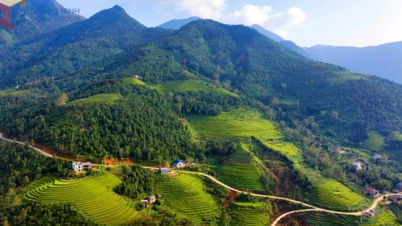
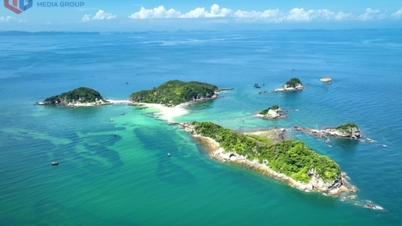


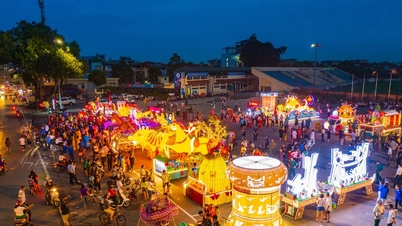


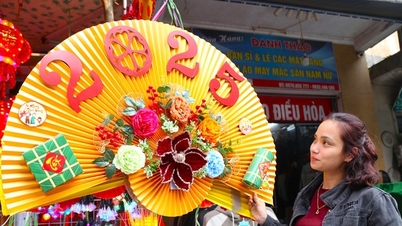

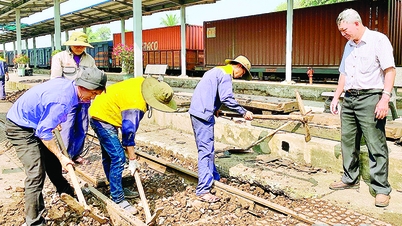
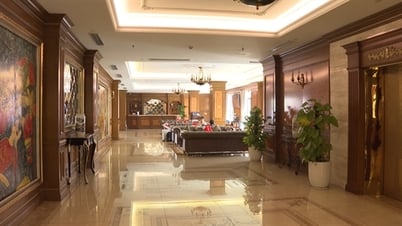


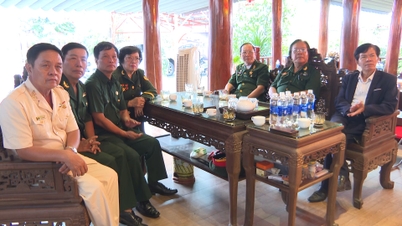
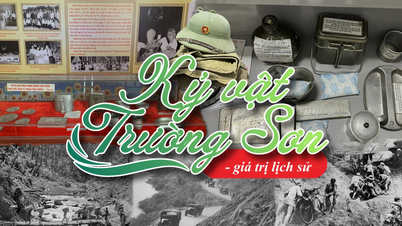




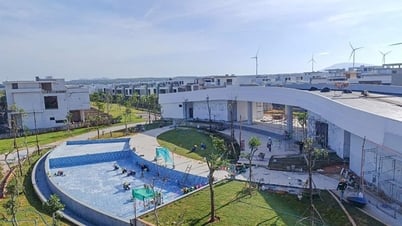



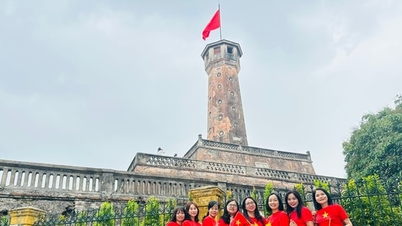


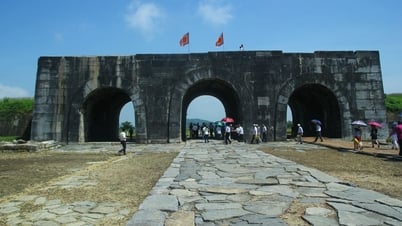



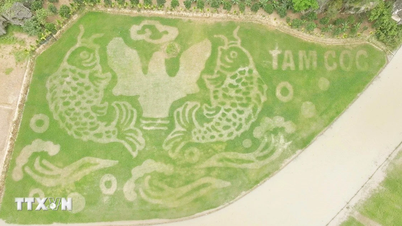











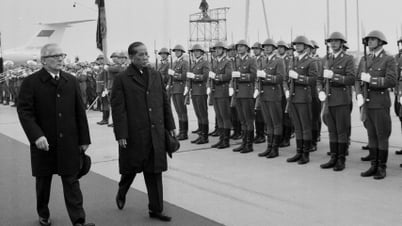

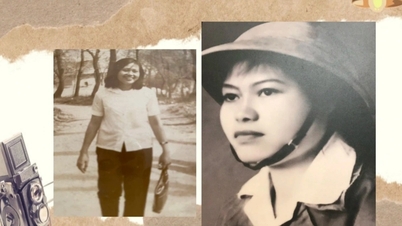


































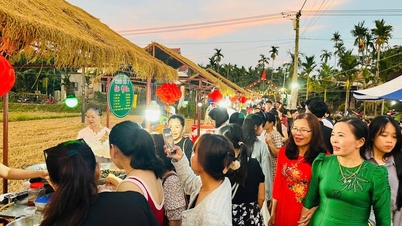












Comment (0)